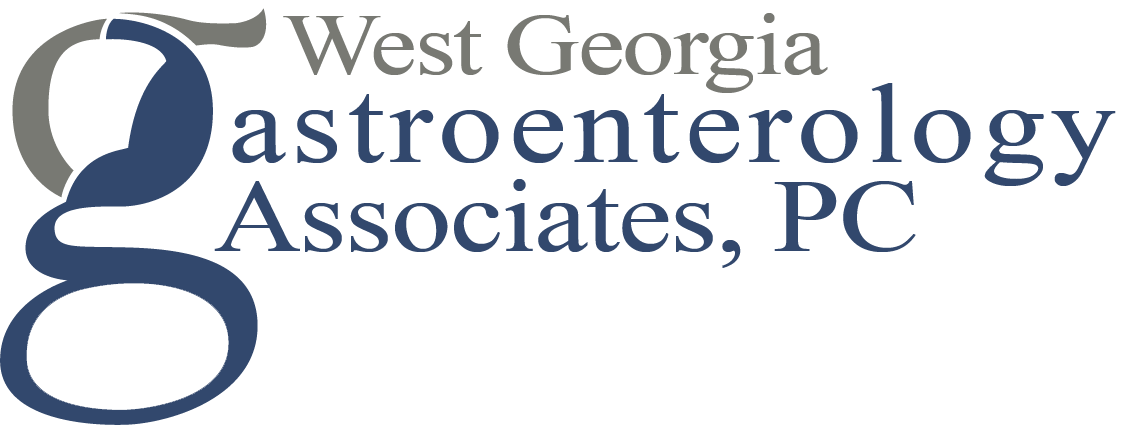
ESOPHAGEAL MANOMETRY/MOTILITY STUDY
The esophagus is a muscular tube that moves food from the mouth to the stomach. The esophagus has valves at the top (upper esophageal sphincter or UES) and bottom (lower esophageal sphincter or LES). These valves control the flow of food. The stomach is below the LES. Esophageal Manometry is a test used to measure the strength and function of the esophagus.
Usually, you will lie down during the test. Your nose and throat will be numbed. Then, a thin tube (catheter) with holes in it that can sense pressure will be placed through the nose and down the esophagus. At first, you may notice a gagging feeling. You will be asked to swallow several times. Sometimes you may swallow liquid. You may also be asked to take deep breaths. The holes along the tube will measure the pressure while you swallow.
Measurements are printed out as tracings, much like a heart test tracing. Results can help identify causes of heartburn, swallowing problems, and chest pain. The test can also help with planning surgery and determining the success of previous surgery.
After the test, you may have a sore throat for a short time. You can return right away to eating and your normal activities.
